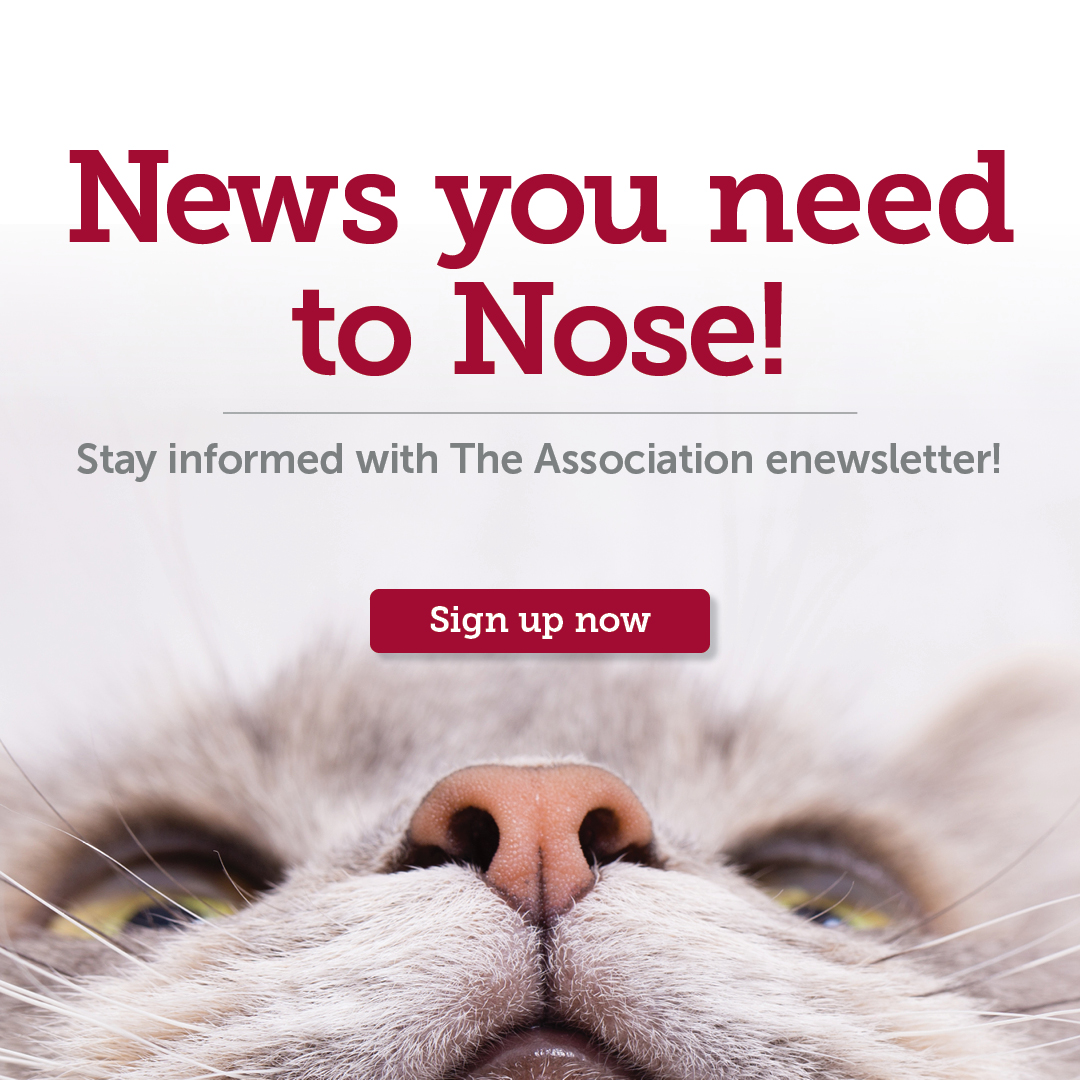News, ideas & inspiration from industry leaders

How to Change What’s Not Working, Part 3: Target the Constraint
Third in a five-part series based on Dan Heath’s keynote at The Annual Conference
At last year’s Annual Conference, keynote speaker Dan Heath, bestselling author and change expert, delivered a powerful and practical talk titled RESET: How to Change What’s Not Working. His message was simple and powerful: When something in your organization or your system is broken, you don’t need to scrap it entirely. You need to reset with intention.
In Part I of our five-part series, we shared the importance of focusing on the bright spots. Part II dug into how to ask the miracle question. In Part III, we’ll explore a strategy that stood out for many conference attendees:
Target the Constraint.
To illustrate this idea, Heath shared a humorous and deeply relatable story involving a pandemic-era Chick-fil-A dinner run. With two young daughters with extremely limited palates, he found himself facing a daunting drive-thru line of at least 50 cars. But instead of a long wait, he experienced something remarkable. The line moved faster than he could have imagined possible.
It turns out that this Chick-fil-A location near him serves over 400 cars an hour. How can they possibly serve one car every nine seconds? First, they identified and targeted the menu board as the biggest bottleneck in their system. Rather than let customers slow things down at the speaker, the restaurant sent employees out into the lot — a human menu board system — to take orders directly. At peak hours, six people might be doing this simultaneously.
And yet once that constraint was addressed, another emerged. The kitchen. Then the food assembly area. Then the drink station, dubbed the “beverage cockpit.” Every time the system improved, the constraint simply shifted somewhere else.
That’s the point.
“You never eliminate the constraint—you just move it,” explains Heath. “And when you know what your goal is, you can then identify the constraint that matters most right now.”
For Chick-fil-A, the goal was maximizing drive-thru speed and efficiency. But if their goal had been to improve food quality instead, the constraints would have looked different.
For us in the animal welfare sector, this lesson can translate directly. When you’re trying to improve your adoption process, community outreach or volunteer retention, for example, start by identifying the biggest bottleneck standing in the way of your goal. Fix that, and the next constraint will reveal itself.
It’s worth noting that targeting the constraint doesn’t mean solving everything at once. It means focusing on the one thing holding you back right now — and addressing it with precision. Then, repeat.
Stay tuned for two more takeaways designed to help you reset systems, shift outcomes and drive meaningful change in your work.
Learn More
How to Change What’s Not Working, Part 1: Study the Bright Spots
How to Change What’s Not Working, Part 2: Ask the Miracle Question



